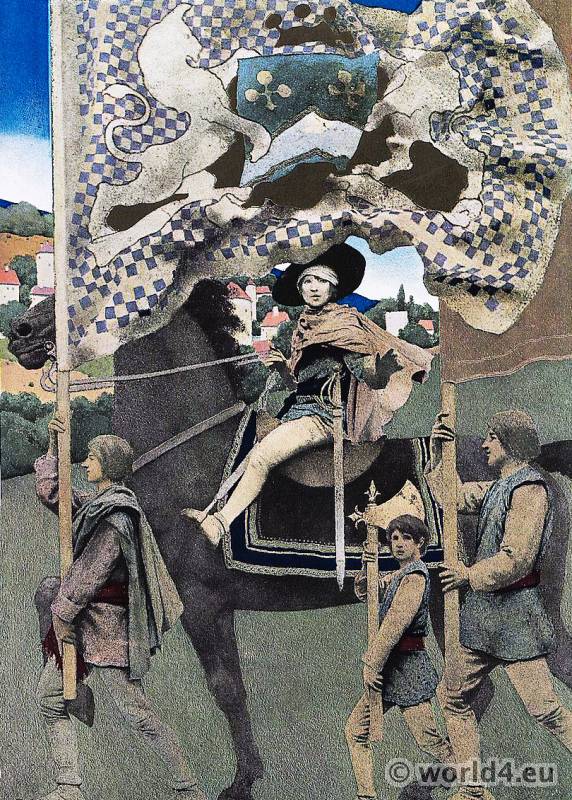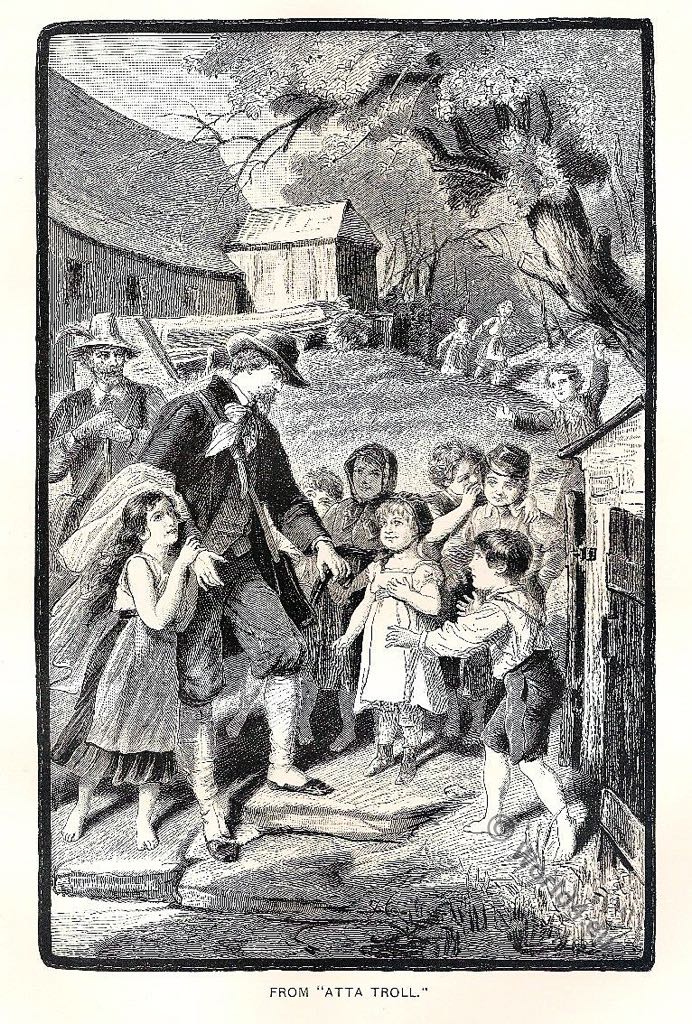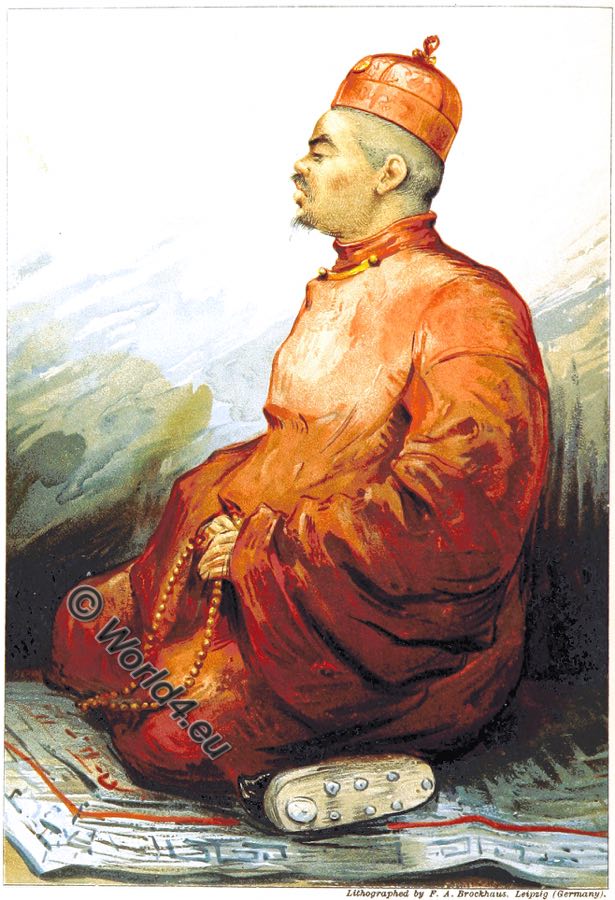Dream Days by Kenneth Grahame 1898
“Dies Irae.” An Illustration to Kenneth Grahame’s “Dream Days.” By Maxfield Parrish. (From the original in the possession of John Lane, Esq.)
Dream Days is a collection of stories by the English writer Kenneth Grahame, which was first published in 1898. Best known for the story contained therein, the dragon did not want to fight (The Reluctant Dragon). The dragon did not want to fight tells the story of a friendship between a little boy and a gallant, poems writing dragon, who had settled in the hill country of Berkshire and blissful legally ignorant as alerting its presence in the local villages is taken. It is up to the boy to ensure that the expected arrival of Saint George does not bring about the destruction of his new friend.
This most famous of the stories was filmed in 1941 as an episode titled The Reluctant Dragon by The Walt Disney Company. Dies irae (lat. “Day of Rage”, often in the medieval Latin form This ire) is the beginning of a medieval hymn of the Last Judgment, which was sung from the 14th century to 1970 in the Roman liturgy as a sequence of requiem. The text was approved by the Council of Trent (1545-1563) as an integral part of the funeral mass. Today it can – in use of older books of hours – in the last week of the liturgical year and All Souls Day “ad libitum” are sung in the Liturgy of the Hours. As the author is traditionally regarded Thomas of Celano, a friend and biographer of Francis of Assisi; this attribution is disputed. The hymn has an alternating accentuating meter, thus trochee on.
Gregorian Chant – “Dies Irae”
- Spoken version of ” The Reluctant Dragon ” by Kenneth Grahame
- Full Text of Dream Days by Kenneth Grahame
Maxfield Parrish
Maxfield Parrish, actually Frederick Parrish; 1870-1966 was an American painter and illustrator best known for his hyper-realistic images of imaginative subjects. Parrish was the son of the landscape painter and etcher Stephen Parrish and studied fine arts at the Pennsylvania Academy of the Fine Arts and the Drexel Institute of Art, Science & Industry. It was the start of a long career as an illustrator, initially mainly of children’s books (including a famous edition of One Thousand and One Nights in 1909), later also for magazines and advertising agencies. He also illustrated many calendars and he is known as one of the first to posters produced on a large scale for commercial sale.
A defining moment in the career of Parrish was the order, the children’s book by L. Frank Baum “Mother Goose” to illustrate in 1897. Maxfield Parrish is considered as the most successful American illustrator from the first decades of the twentieth century. His work is characterized by a hyper-realistic style, with neo-classical and neo-romantic elements and attention to detail. He worked with an almost photographic precision. His subjects are searched in a fantasy world and show a great imagination. Particular prominence he got with his androgynous nudes, which he often used the same models (Kitty Owen in the twenties, later Susan Lewin). He was also renowned for his innovative techniques.
Through a special glazing technique he knew to give to his colors. Almost luminous effects. He often applied carefully geometric principles in his work and he made an innovative way using photographic techniques as the basis for his images. From the thirties Parrish would also be concentrating on landscape painting, more emphatically but that he never got the appreciation that befell him as illustrator.
After his death in 1966, at the age of 95, his work underwent a strong revaluation. Norman Rockwell called him his greatest inspiration. Several of his works were used as covers for LPs in the pop world and Michael Jackson used his famous work ” Daybreak “ as the basis for the video of his song ” You Are Not Alone “. First editions of his work nowadays bring top prices at auctions that often exceed a million dollars.




